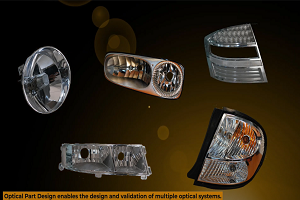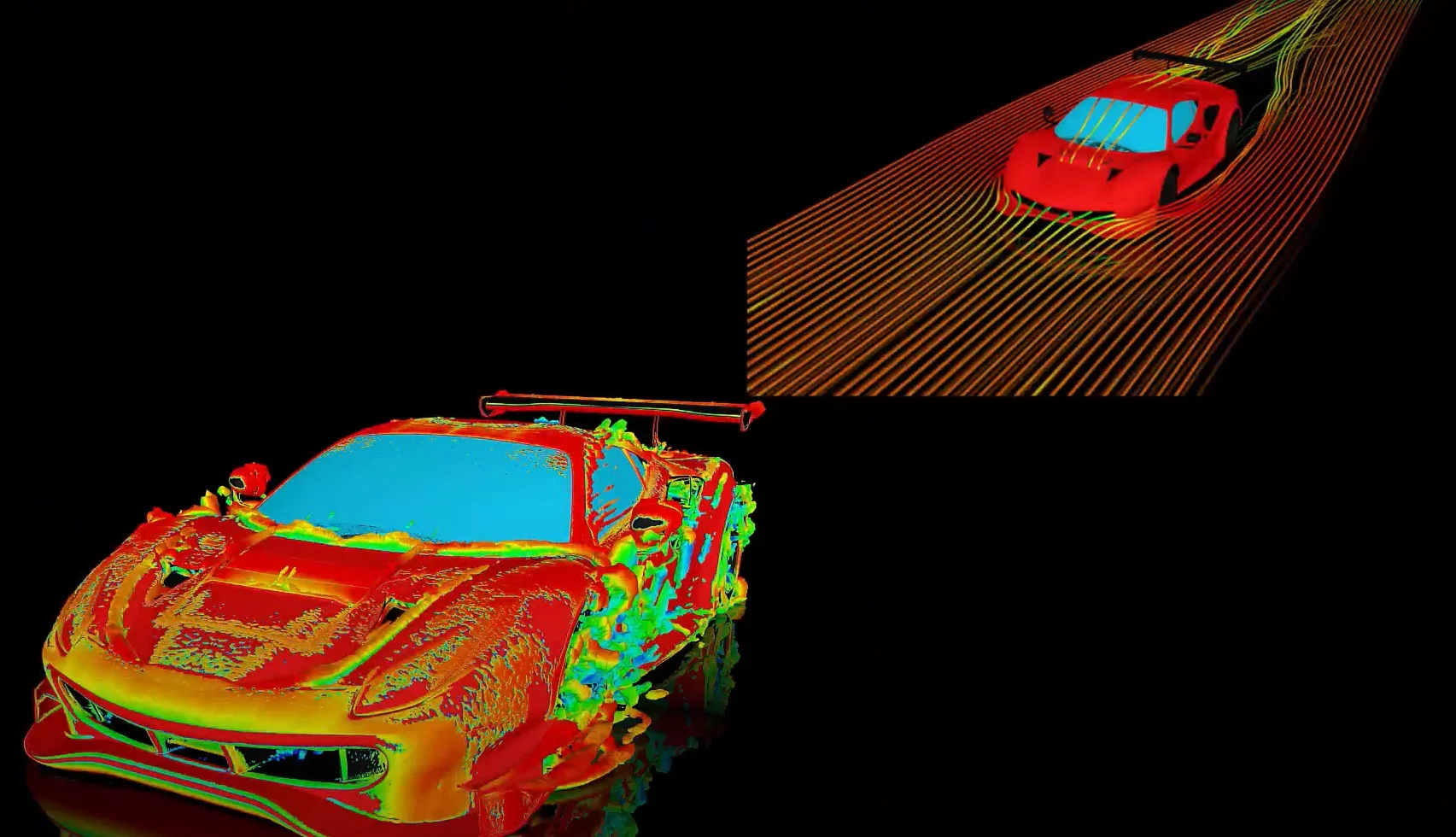Tagged: 19.2, General, mechanical, structural-mechanics
-
-
April 13, 2023 at 7:33 am
 SolutionParticipant
SolutionParticipantThe number of integration points used in an element can usually be found in the element’s documentation in the MAPDL Theory Reference > Element Library. help/ans_thry/thy_elemlib.html (local help) https://ansyshelp.ansys.com/account/secured?returnurl=/Views/Secured/corp/v193/ans_thry/thy_elemlib.html (online help for 2019R1) The number of integration points used also varies by quantity which is to be determined. E.g.: SOLID187 (tetrahedral elements with quadratic shape functions) uses 4 integration points for the calculation of Stiffness, Mass, and Stress Stiffness Matrices, and also for the calculation of Thermal Load Vectors. But it uses 6 integration points for the calculation of Pressure Load Vectors. The location of the integration points are documented (but in a more general manner – not per element) under MAPDL Theory Reference > Element Tools > Integration Point Locations. help/ans_thry/thy_et1.html (local help) https://ansyshelp.ansys.com/account/secured?returnurl=/Views/Secured/corp/v193/ans_thry/thy_et1.html (online help) The integration points can also be output using the PRESOL,LOCI command in postprocessing. Note that OUTRES,LOCI needs to be issued before the SOLVE to write the integration point locations to the rst-file. You can find a very simple example for SOLID186 and SOLID187 elements attached. Keywords: integration point location, Gauss point location
Attachments:
1. 2060207.zip
-


Introducing Ansys Electronics Desktop on Ansys Cloud
The Watch & Learn video article provides an overview of cloud computing from Electronics Desktop and details the product licenses and subscriptions to ANSYS Cloud Service that are...

How to Create a Reflector for a Center High-Mounted Stop Lamp (CHMSL)
This video article demonstrates how to create a reflector for a center high-mounted stop lamp. Optical Part design in Ansys SPEOS enables the design and validation of multiple...

Introducing the GEKO Turbulence Model in Ansys Fluent
The GEKO (GEneralized K-Omega) turbulence model offers a flexible, robust, general-purpose approach to RANS turbulence modeling. Introducing 2 videos: Part 1 provides background information on the model and a...

Postprocessing on Ansys EnSight
This video demonstrates exporting data from Fluent in EnSight Case Gold format, and it reviews the basic postprocessing capabilities of EnSight.

- How do I request ANSYS Mechanical to use more number of cores for solution?
- How to restore the corrupted project in ANSYS Workbench?
- How to deal with “”Problem terminated — energy error too large””?”
- Contact Definitions in ANSYS Workbench Mechanical
- How can I change the background color, font size settings of the avi animation exported from Mechanical? How can I improve the resolution of the video?
- There is a unit systems mismatch between the environments involved in the solution.
- How to transfer a material model(s) from one Analysis system to another within Workbench?
- How to obtain force reaction in a section ?
- What is the reason for this error message when mesher fails – “A software execution error occurred inside the mesher. The process suffered an unhandled exception or ran out of usable memory.”?
- How to change color for each body in Mechanical?

© 2025 Copyright ANSYS, Inc. All rights reserved.

